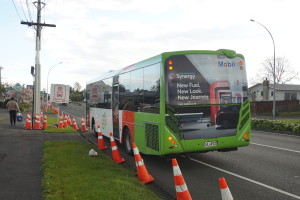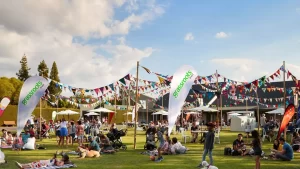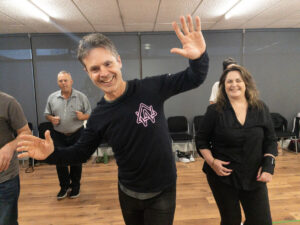Hamilton needs to step up to be a big city
As Hamilton attempts to expand, transportation, environmental planning, and housing development cannot be overlooked.

Hamilton City is on the rise as one of the fastest growing cities in New Zealand, but is its urban design ready to take on population rise and urban development?
Camilla Carty-Melis, Sustainability Specialist at the Waikato Environment Centre, considers Hamilton to be more than a decade behind European countries in its sustainable development.
“It is not an insult (to New Zealand). It still has quite a small town mentality. It has not yet realised the implications of what is happening. Now, it is growing quite chaotically. We need to look into our local resources and start to build up rather than out.”, Camilla says.
“We do not want 15-storey high-rise flats that look like concrete blocks, but if we can get four or five-storey other than the current flat (structures).” This kind of setup will also encourage better usage of communal places such as parks and open spaces.
Hamilton’s planning is lagging behind and focusing more on building. As Camilla mentioned, it needs to critically examine, “What is this going to look like in 20 years?”
Growing up in Germany, Camilla compares the sustainability of public transportation of a city. “I haven’t owned a car before until I came here (New Zealand) and my parents also did not own a car.” Hamilton has improved with the emergence of cycling and facilities in the area of transportation. But for the rate of the city’s growth, this aspect needs to step up as transportation also addresses other main urban concerns of congestion and pollution.
Like Hamilton, other cities in New Zealand need to catch up on its urban design and sustainability. Camilla shares fundamental aspects of what a good urban design is.
First, it must be well-connected and accessible. A city should be laid out well with wide public transportation routes, pedestrian walkways and cycle ways. It must also have essential facilities like free internet access points for basic communication services.
Arts and cultural facilities such as libraries, schools and theatres, are also important for an urban community. “It is important to have power, electricity, water and all of that, but what makes a city liveable is the people in it and how they create things.”
Second, a city must be inclusive by having a range of facilities to mix people of different abilities and socio-economic background.
Lastly, a good urban design takes into consideration the local environment and resources available. It must consider low embodied energy, water and solar harvesting facilities.
Urban design and sustainable living may be seen as a cost to development. But by considering environment and sustainability is about being future-ready. Cheapest options may be enticing in building a city, but costs in patching up urban design problems are more expensive in the long term.
To know more about Waikato Environment Centre and the work that people like Camilla do, visit their website and their Facebook page.
Check this video to listen to what Hamilton residents have to say about their city’s urban design:
Check other features about Waikato Environment Centre’s programmes on Kaivolution and Rubbish Free:




